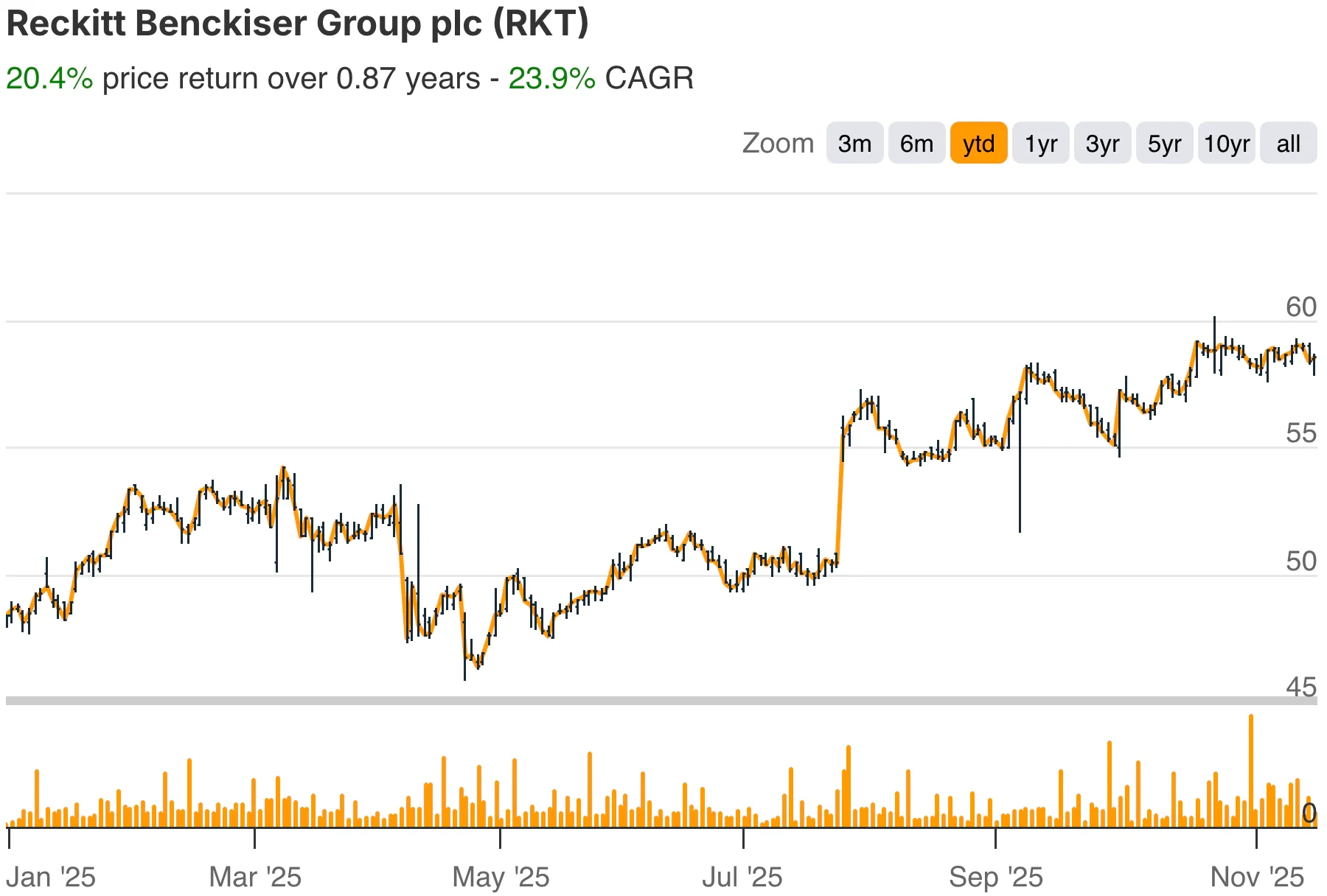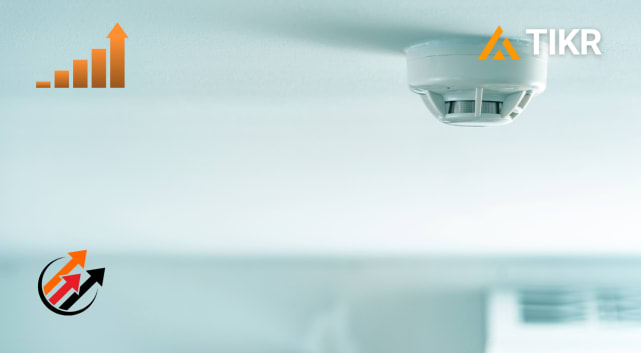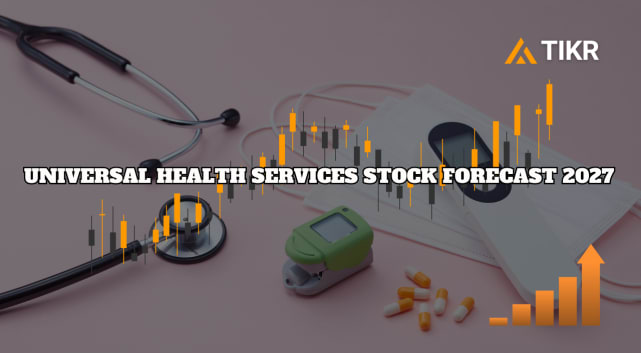Reckitt (RKT) enters the back half of 2025 in a very different position from where it started the year. The company has spent the last several quarters rebuilding confidence in its core portfolio, stabilizing volumes, and proving that brand strength can still translate into steady performance even in a slower consumer environment. The story is no longer about rapid expansion or blockbuster category growth. It is about restoring consistency, lifting margins, and repairing areas of the business that slipped over the last two years.
Discover how much upside your favorite stocks could have using TIKR’s new Valuation Model (It’s free) >>>
Through the first half of 2025, the improvement was visible in the numbers. Group LFL net revenue grew 1.5 percent, with Core Reckitt contributing stronger momentum at 4.2 percent in H1 and 5.3 percent in Q2. Margins also strengthened in key categories. Gross margin reached 61.0 percent for the group and 62.0 percent for Core Reckitt. Adjusted operating profit margin came in at 24.6 percent for the group and 25.9 percent for Core Reckitt. These figures pointed to disciplined cost control and early signs that the turnaround was gaining traction.

By the time Q3 2025 arrived, that trajectory had firmed up even more. The company continued to emphasize revenue quality, channel mix, and efficiency improvements across Hygiene, Health, and Nutrition. Management highlighted that the business now has better visibility, more predictable demand patterns, and a clearer path to improving profitability heading into 2026. It is a quieter version of progress, but one that investors often reward when the foundation is stable.
Quickly value any stock with TIKR’s powerful new Valuation Model (It’s free!) >>>
Financial Story
Reckitt’s mid-year numbers set the tone for 2025, with Group LFL revenue growth of 1.5 percent reflecting a slower macro environment but showing that volumes were improving after several choppy quarters. Core Reckitt, which excludes certain weaker legacy categories, delivered a standout performance, growing 4.2 percent in H1. That strength continued into Q2, where LFL revenue growth reached 5.3 percent. Categories like Health and Hygiene benefited from steadier demand and improved pricing discipline.
| Metric | Result |
|---|---|
| Group LFL Net Revenue Growth | +1.5 percent |
| Group Gross Profit Margin | 61.0 percent |
| Group Adjusted Operating Profit Margin | 24.6 percent |
| Group Adjusted Diluted EPS | 168.4p |
| Core Reckitt LFL Net Revenue Growth (H1 2025) | +4.2 percent |
| Core Reckitt LFL Net Revenue Growth (Q2 2025) | +5.3 percent |
| Core Reckitt Gross Profit Margin | 62.0 percent |
| Core Reckitt Adjusted Operating Profit Margin | 25.9 percent |
Profitability was another key area of progress. Group gross profit margin reached 61.0 percent, driven by improved procurement, stronger product mix, and better cost execution. Core Reckitt performed even better with a 62.0 percent gross margin. Adjusted operating profit margin also improved, to 24.6 percent for the group and 25.9 percent for Core Reckitt. These improvements told a clear story: cost actions are working, and the business is managing inflation better than it did in 2023 and early 2024.
Q3 2025 reinforced the direction of travel. While revenue growth remained modest, the company continued building margin resilience. Management noted that price gaps were normalizing relative to competitors, supply chain stability had improved, and promotional intensity had decreased in specific markets. Together, these changes lifted visibility into earnings quality heading into 2026. Reckitt is not posting dramatic growth, but it is delivering a balanced recovery that often precedes a stronger fiscal year.
Look up Reckitt Benckiser’s full financial results & estimates (It’s free)>>>
Broader Market Context
Investors spent the last couple of years scrutinizing whether Reckitt could stabilize its fundamentals and restore the profitability profile it had prior to the pandemic. Pricing power, consumer loyalty, and product leadership were never the problem. Operational inconsistency, uneven category performance, and margin pressures were the bigger challenges. The past three quarters show that these issues are being addressed piece by piece.
Reckitt’s Q3 commentary centered on the same themes that resonated in H1: quality of revenue, simplification, and margin rebuild. This is not a rapid rebound story. It is a slow, methodical one that tends to gain credibility over time as results compound. That context sets realistic expectations for 2026, where steady margin expansion and more balanced growth will matter far more than headline revenue acceleration.
1. Margin Rebuild Continues at a Measured Pace
Reckitt’s margins have been one of the biggest watchpoints for investors over the past two years, and the progress in 2025 is notable. The company continues to deliver cleaner execution in procurement, pricing, and cost control. Gross margin at 61.0 percent and Core Reckitt’s 62.0 percent show that the structural levers are intact. Inflation is still a factor in some categories, but less disruptive than before, giving Reckitt breathing room to reinvest in marketing and product development.
In 2026, margin expansion remains a central part of the long-term plan. Management emphasized that its efficiency programs are now embedded across the organization and should support gradual improvements in operating profit. The business is not chasing aggressive cost targets. Instead, it is focusing on maintaining discipline and letting efficiencies compound over time. For a company like Reckitt, this approach usually produces more durable results than a sharp, one-off reset.
2. Core Reckitt Drives the Healthier Part of the Portfolio
The performance gap between Group and Core Reckitt remains vital for understanding the business’s underlying strength. Core Reckitt’s LFL revenue growth of 4.2 percent in H1 and 5.3 percent in Q2 shows that the categories with the cleanest fundamentals are still healthy. These include OTC health brands, specialty hygiene products, and select nutrition lines that have maintained strong consumer demand.
Looking to 2026, this segment provides the best visibility. The company has clearer demand patterns, stronger brand equity, and better differentiation in these categories. Management signaled continued investment into innovation, marketing, and channel strategy for Core Reckitt, which should keep these brands positioned to outperform the broader group. As this segment grows, it also supports overall margin quality, given its higher profitability profile.
Value stocks like Reckitt Benckiser Group in less than 60 seconds with TIKR (It’s free) >>>
3. The Reset Year Gives Reckitt Options for 2026
It’s clear that 2025 is a reset year as revenue growth is stable but modest. Margins are improving but still below longer-term targets. Execution is better, but not yet fully optimized. Yet that is exactly what makes the current setup constructive. Reckitt heads into 2026 with cleaner operations, more predictable earnings, and fewer distractions than earlier in the restructuring process.
The company also has flexibility in its approach to capital allocation. With margins improving and EPS at 168.4p, Reckitt can choose to lean into debt reduction, reinvestment, or shareholder returns depending on market conditions. Management’s tone suggests a focus on strengthening the core first, which usually sets the stage for more balanced decisions down the road. Investors will likely be watching how the company sequences these priorities as 2026 unfolds.
The TIKR Takeaway

Reckitt is the type of company where trends matter more than big swings. TIKR helps you track those trends across revenue, margins, and category performance with clean time-series views that highlight whether progress is accelerating or slowing. With TIKR, you can quickly compare Core Reckitt against the broader group, monitor margin rebuild quarter by quarter, and evaluate how the company’s profitability lines up across peers in consumer staples.
For investors who want to understand whether Reckitt’s reset year is translating into a durable long-term recovery, TIKR keeps the entire picture in one place.
Should You Buy, Sell, or Hold Reckitt Stock in 2025?
Reckitt’s 2025 results point to a company that is stabilizing and rebuilding momentum at a manageable pace. The setup for 2026 depends on continued margin improvement and consistent performance in Core Reckitt. The outlook is constructive, but expectations should remain balanced until growth becomes more broad-based.
How Much Upside Does Reckitt Stock Have From Here?
With TIKR’s new Valuation Model tool, you can estimate a stock’s potential share price in under a minute.
All it takes is three simple inputs:
- Revenue Growth
- Operating Margins
- Exit P/E Multiple
If you’re not sure what to enter, TIKR automatically fills in each input using analysts’ consensus estimates, giving you a quick, reliable starting point.
From there, TIKR calculates the potential share price and total returns under Bull, Base, and Bear scenarios so you can quickly see whether a stock looks undervalued or overvalued.
Find out what your favorite stocks are really worth (Free with TIKR) >>>
Looking for New Opportunities?
- See what stocks billionaire investors are buying so you can follow the smart money.
- Analyze stocks in as little as 5 minutes with TIKR’s all-in-one, easy-to-use platform.
- The more rocks you overturn… the more opportunities you’ll uncover. Search 100K+ global stocks, global top investor holdings, and more with TIKR.
Disclaimer:
Please note that the articles on TIKR are not intended to serve as investment or financial advice from TIKR or our content team, nor are they recommendations to buy or sell any stocks. We create our content based on TIKR Terminal’s investment data and analysts’ estimates. Our analysis might not include recent company news or important updates. TIKR has no position in any stocks mentioned. Thank you for reading, and happy investing!








